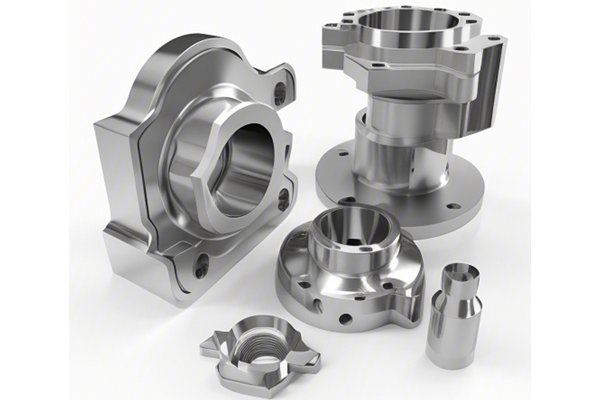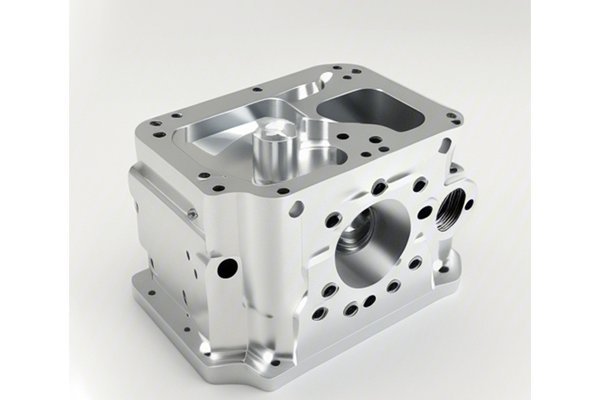Did you know that surface flatness is one of the critical factors affecting the functionality of machined parts? The impact of less-than-perfect surface flatness can lead to mechanical failure, complications during assembly, and even a significant increase in production costs. Given the precision demands in today’s fast-evolving industries—especially aerospace, automotive, and electronics—manufacturers must prioritize ensuring surface flatness during CNC turning processes. So, how exactly can you achieve optimum surface flatness in your CNC prototypes?
Understanding Surface Flatness
Before we delve into solutions, it’s essential to understand what surface flatness entails. Surface flatness refers to the deviation of a given surface from a perfectly flat plane. It is typically measured in micrometers and can significantly affect the mechanical functionality of a part. Flatness is crucial for applications that require tight tolerances, such as fluid seals, housing fits, and optical surfaces.
Methods to Ensure Surface Flatness in CNC Turning

The Role of Technology
Industries are increasingly leaning towards implementing advanced technologies like Artificial Intelligence (AI) and the Internet of Things (IoT) to augment quality control. Implementing Industry 4.0 practices can help in monitoring parameters in real time, optimizing machining conditions through data analysis, and ultimately ensuring a flat surface throughout the production cycle.
Surface flatness in CNC turning is not just a metric but a critical factor in the performance and reliability of several applications. Attention to machine setup, tooling, machining parameters, workpiece stability, and post-machining processes are pivotal in achieving flat surfaces. Furthermore, integrating modern technologies can significantly enhance the efficiency and efficacy of the CNC turning process.
By maintaining a keen focus on these processes, manufacturers can mitigate the risks related to surface flatness issues, thereby improving product quality and operational efficiency. As industries demand higher precision and tighter tolerances, understanding and implementing ways to ensure flawless surface flatness will be imperative for staying competitive in the evolving manufacturing landscape.
In an environment where every detail matters, the implications of ignoring surface flatness can be significant. This blog is essential for industry professionals seeking to enhance their machining processes and achieve better results. It serves to remind us that continuous improvement in CNC machining practices can lead to groundbreaking advancements in manufacturing as a whole—a topic worth considering for everyone in the field.






